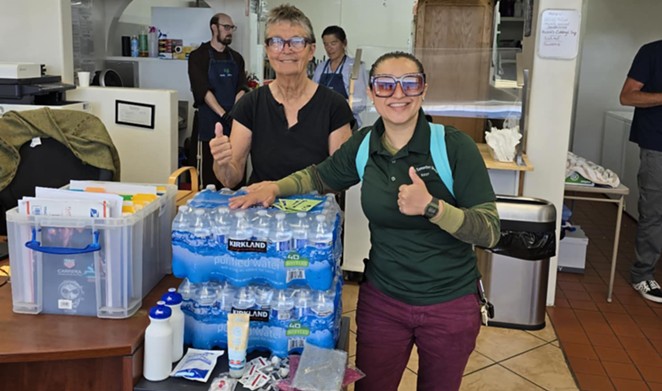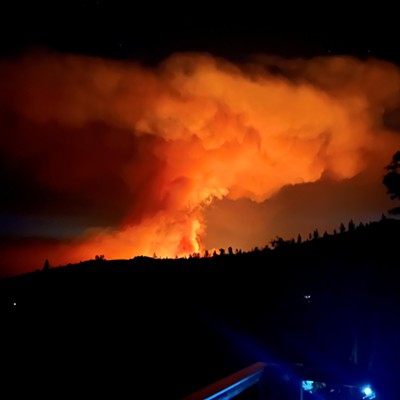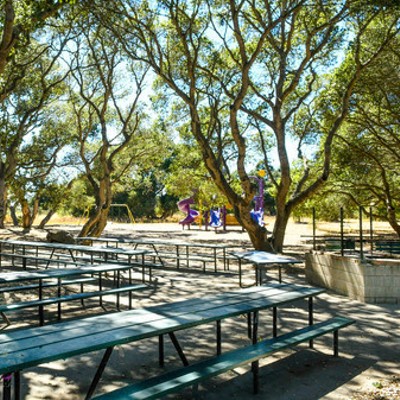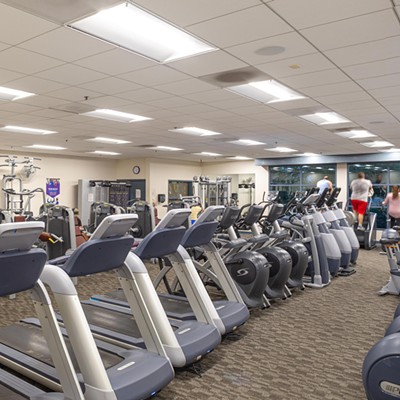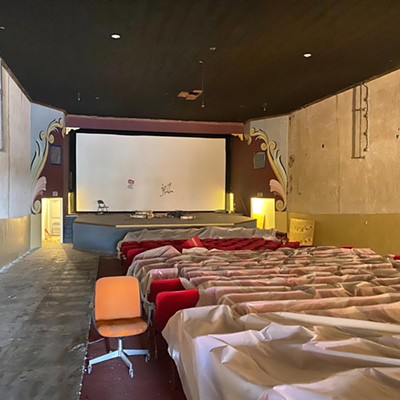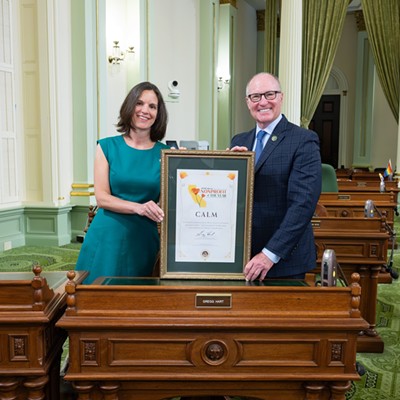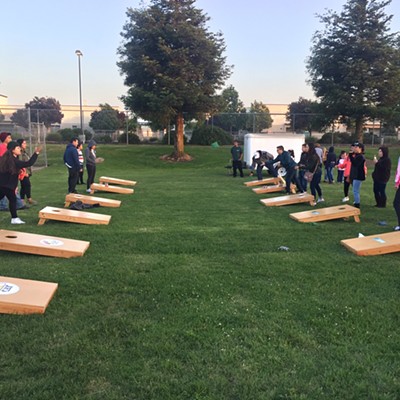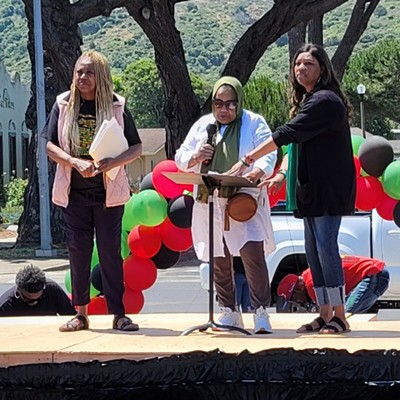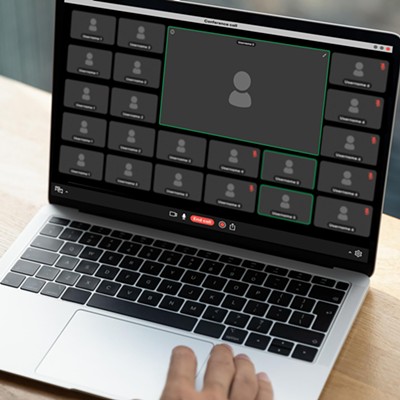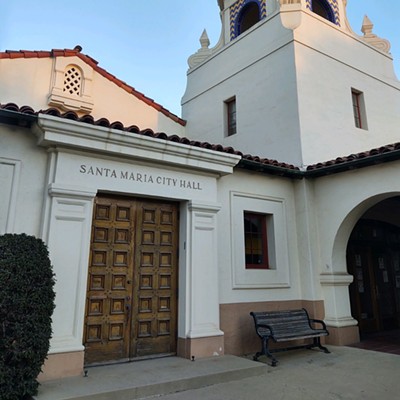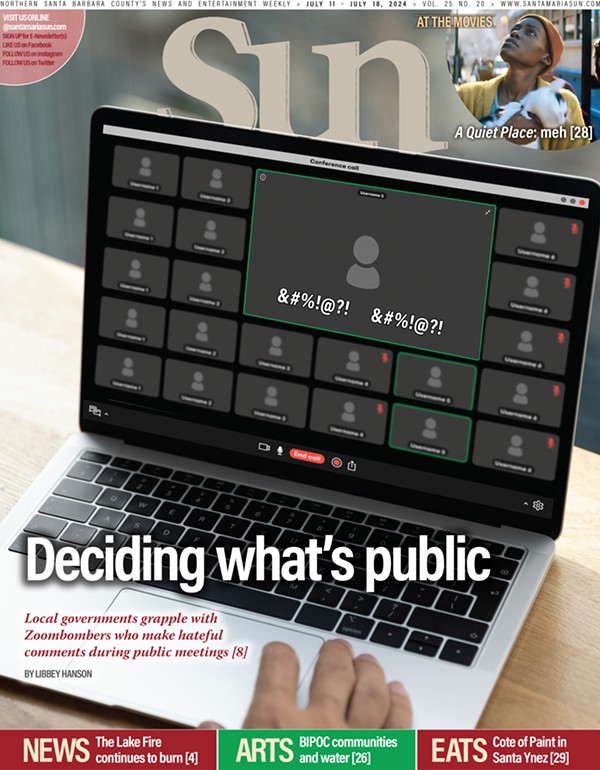With the first heatwave in what’s expected to be a scorching summer, Santa Barbara County officials and local nonprofits are taking action to keep residents safe from high temperatures.
Good Samaritan Shelter Director of Homeless Services Kirsten Cahoon told the Sun that the organization deployed its outreach teams on July 5 to provide unsheltered individuals with sunscreen, cooling towels, reusable water bottles, fans, and electrolytes. On days with temps above 85 degrees, outreach workers go to riverbeds and waterways throughout the county and into downtown corridors to provide supplies and information about the warning signs of heat stroke, she said.
“It’s been informally something our outreach teams have focused on for 10 to 12 years, but more formally it is part of our warming shelter agreement that this would be something we’d do,” Kahoon said.
Good Samaritan operates Santa Barbara County’s warming shelters during the winter to provide individuals experiencing homelessness a place to go in colder, rainy weather, she said.
“This is another opportunity for our outreach teams to build relationships [with] folks who are unsheltered,” Kahoon said, adding that sometimes extreme weather can encourage more individuals who have been hesitant to seek shelter come in for services.
While Good Sam doesn’t have a specific cooling center for people to get out of the heat, outreach teams encourage people to stay in the shade and provide supplies.
“Obviously as we think about protecting our pets and other vulnerable folks in our community, [it’s important] that we remember the unsheltered and if they see somebody distressed to call emergency services, offer folks water, and things like that,” Kahoon said.
The Santa Barbara County Public Health Department issued a health alert on July 3 and activated cooling centers throughout the county for residents, including those who are unsheltered, to visit during peak heat hours, often between 10 a.m. and 6 p.m., Public Health Officer Dr. Henning Ansorg told the Sun.
“Coastal areas in Santa Barbara County are fortunate with the marine layer and natural cooling, but in the valleys and behind the mountains it’s very different,” Ansorg said. “People who don’t have air conditioning should make a plan; they should identify their loved ones they need to check in on.”
Elderly people, young children, people with chronic illnesses, and pregnant women are particularly vulnerable to heat, he said. It’s important for people to stay in the shade, stay hydrated, replenish with electrolytes, and stay away from alcoholic beverages in order to prevent heat exhaustion.
Heat exhaustion occurs when someone’s body overheats because of exposure to high temperatures or strenuous physical activity, according to the Mayo Clinic. Without prompt treatment, heat exhaustion can lead to heat stroke.
“Heat stroke is an extreme thing that requires people to call 911, requires hospitalization and emergency room level care. It’s very dangerous, especially for people who are more at risk for heat-related illness,” Ansorg said. “Heat stroke is very dangerous because the body has lost the ability to sweat, and sweating is the natural way of cooling down. Once that ability is no longer in place, the accumulation of heat in the body becomes critical.”
Sign up for weather-related and/or emergency alerts at readysbc.org. In North County, the city of Santa Maria will suspend “camping” restrictions on buses when temperatures exceed 85 degrees in the Santa Maria area, allowing people to stay on the buses for longer. Santa Ynez Valley residents can go to the Solvang, Buellton, Los Olivos, and Santa Ynez public libraries during their operating hours. Cuyama residents can go to the Cuyama Valley Resource Center or the Joseph Centeno Aquatics Center. Visit Santa Barbara County’s Emergency Preparedness, Response, and Recovery website for addresses and more information.
Highlights:
• Lompoc announced the grand opening of the new playground and exercise equipment at Pioneer Park—1209 E. Airport Ave.—on July 1 and celebrated a ribbon-cutting ceremony on July 2, which kicked off the city’s Parks and Recreation month in July. This year’s theme—Where You Belong—celebrates the many ways park and recreation professionals across the country foster a sense of belonging in their community by providing welcoming and inclusive programs, essential services for all ages and abilities, and safe, accessible spaces to build meaningful connections.
• Youthwell, a Santa Barbara County nonprofit dedicated to youth mental health and wellness, is offering teen volunteer and intern opportunities this summer. These opportunities are designed to engage students and families in meaningful activities that contribute to causes like advocacy, animals, arts and culture, children and youth, crisis support, education, environment, and mental health. When considering volunteering, students should think about preferences for working alone or on a team, the time commitment, and the causes that are most important to them. Volunteers are encouraged to start small to avoid overcommitting and to seek roles that are a good fit. Organizations are invited to add their opportunities at youthwell.org/category/volunteer.
Reach Staff Writer Taylor O’Connor at [email protected].


